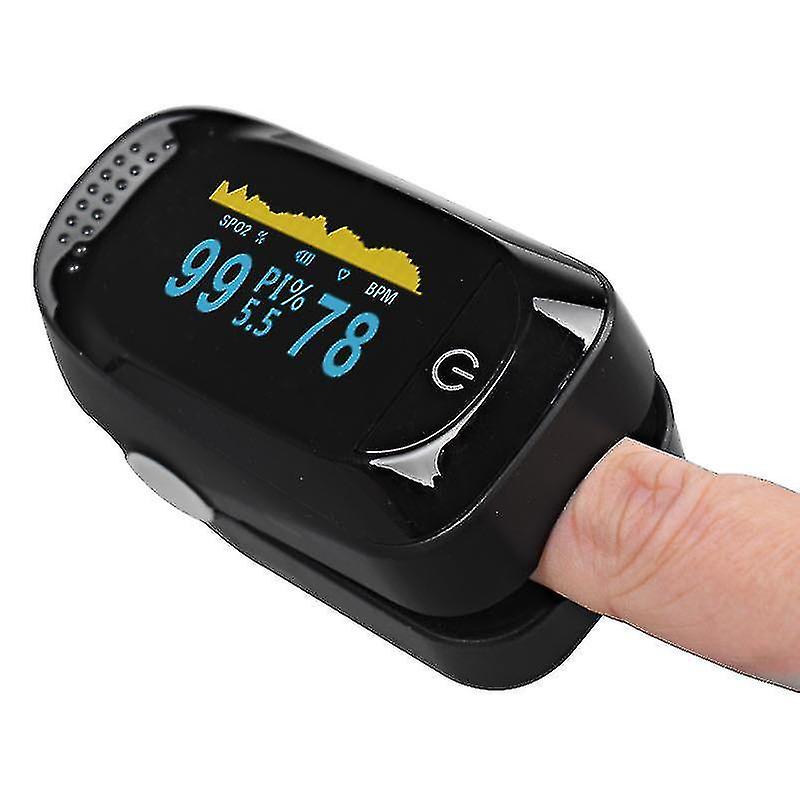DAILY HEALTH CHECKS INCLUDING PULSE OXIMETER
As part of our safety procedures, our guides perform daily health checks on all our climbers throughout the Kilimanjaro climb. This helps us to be sure the trekkers are adapting to the thinner air and not developing early symptoms that could lead to altitude sickness.
One of the tools that we use to determine the status of our climbers is a pulse oximeter.
Attached to the end of your finger, a pulse oximeter will use beams of light to measure the total haemoglobin in the blood that is saturated with oxygen, as well as your heart rate.
What do the Pulse Oximeter Numbers Mean?
At sea-level, most healthy individuals have an oxygen saturation (SpO2) of between 95-99%. As we climb higher, the atmospheric pressure drops, meaning there is effectively “less oxygen” in the air, and the oxygen saturation number will start to decrease.
At the summit of Kilimanjaro, there is approximately 49% of the oxygen available at sea level.
The percentage blood oxygen saturation, combined with your heart rate, are indicators of how well your body is acclimatizing to the altitude. Recording these numbers twice daily allows our guides to keep an eye on your overall health while on the mountain, and observe trends.
Pulse rate is also important, as a very high heart rate can be an early indicator that a climber is struggling with the hypoxic (low oxygen) environment, and the body is working hard to compensate.
These numbers cannot be used in isolation.
How we use PulseOx data
When you are climbing Kilimanjaro, every day our trained guides will do a routine medical check. You’ll be asked in detail how you’re feeling, how you’ve slept, and other questions to build up a picture of how well you are doing.
When used in the context of any symptoms you are presenting and how you are feeling, these numbers give a useful indicator of how well you are acclimatizing. Acclimatization is a complex adaptation process and the pulse oximeter looks at only one factor.

